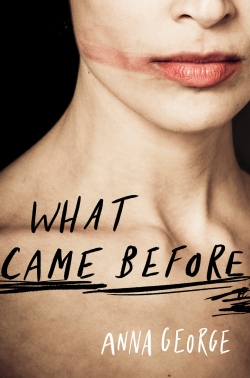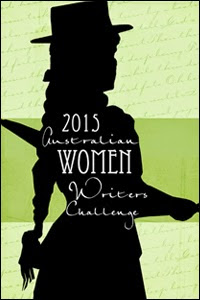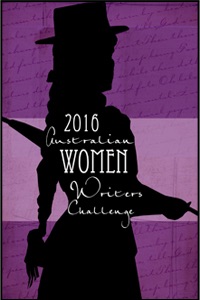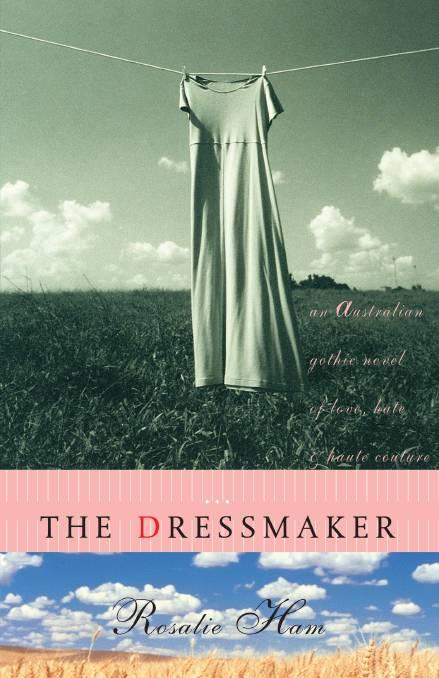 The opening sentence to What Came Before was so compelling and powerful
The opening sentence to What Came Before was so compelling and powerful
that I started reading and couldn’t stop.
‘My name is David James Forrester. I’m a solicitor. Tonight, at 6.10, I killed my wife. This is my statement.’
Well, no need to worry about spoiler alerts there. The damage has been done. But why? What happened?
David sits in his car talking into his Dictaphone trying to record his version of events. He’s desperate to get the details right and feels certain that he will succeed, that he’ll do this better than all those people he’s represented and all the confessions that he’s listened to. Meanwhile, Elle, his wife lingers in the laundry, hovering above her lifeless body, wondering how things reached this point.
Both David and Elle retrace and reflect on their relationship, on their actions over the past 22 months that lead to the point of David strangling his wife. Elle is a film maker who turned her back on a law career in favour of creative pursuits. She is passionate and won’t settle for mediocrity or misery. David is a lawyer who hates his job but staunchly carries on, denying his desires for creative expression. He is powerful but dark, his anger lurks hidden beneath his charm, and control is what he craves.
This book is a gripping thriller that delves into the dark and sinister topic of domestic abuse, and the devastating effect that this kind of violence has on women, and their family and friends. It is lightened by Elle’s creative pursuits – she loves romantic comedies and her screen idols are Katherine Hepburn and Spencer Tracey. But the dark side of Elle and David’s relationship soon leeches into her creative pursuits with devastating effects.
There is a lot of societal judgement toward women who stay in an abusive relationship, but often it is not as simple as just walking away. Women don’t fall in love with men who are violent up-front, from the first date. They fall in love with men who are charming, charismatic, caring and tender who over time display tendencies such as derogative comments, isolating women by shutting out friends and family insisting on wanting to spend time alone together, the slow whittling away of self confidence, then the acceleration to violence – heated arguments that escalate to shouting, a push or shove, the firm grip on an arm that leaves bruises, and then slapping, hitting or punching. Afterwards, in the early stages there is intense remorse and guilt followed by good behaviour on the abuser’s behalf. The ‘bad’ man disappears and the ‘good’ man reappears once more, with vigour. This sliding between good and bad can go on for months or years, and this can then escalate from profuse apologies to blame: ‘You made me do it’ or ‘If only you didn’t make me so angry’. By the time the relationship has reached this point, the woman involved has quite often lost her sense of self, her friends have withdrawn because they are frustrated that she can’t see what they can ‘He’s a dick/asshole/loser’, and all she really craves is to be loved, for the ‘good’ man who first swept her off her feet to come back. It’s complex, the threads of abuse run deep and severing those intense emotions and staying strong takes immense courage and willpower.
I loved this book and think that Anna George has done a remarkable job of portraying the weaving, creeping, suffocating impact of being in an abusive relationship and how the impact flows outward in ever-growing concentric circles. The story is told from both Elle and David’s perspectives, and the pace is a clever blend of excruciating tension and easing off to reflect on happier times, moments of joy, followed by that slow escalation back to tension. The characters are real, credible. Watching Elle’s slow disintegration of self is frustrating, infuriating and heartbreaking. Her desire for love, her belief in love is so intense that you can understand her desire to try one more time, just one more time. The writing is tight, the imagery strong. There are no wasted words or over-explaining to be found. Anna George’s characters are full, well developed, and they will prompt a response in readers.
This book is so much more than just a murder-thriller. The complex topic will touch a nerve and readers will want to talk about it. Some may struggle with Elle’s behaviour and want to put the book down, or throw it across the room. Me, I felt such deep empathy for her, for her romantic-at-heart notions that I wanted to embrace her and give her the love she so deeply craved and deserved.
Overall, a brilliant book that I highly recommend you read, and I’m not the only one who thinks so. What Came Before was shortlisted for the 2015 Ned Kelly Awards and recently made the shortlist for the Sister’s in Crime 15th Davitt Awards.

What Came Before by Anna George (Penguin 2014) ISBN: 9781743482780
Anna George Facebook: https://www.facebook.com/pages/Anna-George/297768810376242
NOTE: Abuse in any form – emotional or physical – is not okay, and it’s important to seek help. If you, or someone you know, are experiencing domestic abuse, help is available and in Australia and you can find out more here.
Reach Out: Domestic Violence Support: http://au.reachout.com/domestic-violence-support
 The year has only just started and I’ve signed up for my third year of participating in the Australian Women Writers Challenge.
The year has only just started and I’ve signed up for my third year of participating in the Australian Women Writers Challenge.









 Kate Grenville is fast becoming one of my favourite authors. I know she’s probably already on a lot of people’s ‘fav author lists’, but it’s only recently that I’ve had the time to read her work. Her writing is captivating in its ability to convey a rich sense of place, depth of characters, and produce a realistic storyline.
Kate Grenville is fast becoming one of my favourite authors. I know she’s probably already on a lot of people’s ‘fav author lists’, but it’s only recently that I’ve had the time to read her work. Her writing is captivating in its ability to convey a rich sense of place, depth of characters, and produce a realistic storyline.






